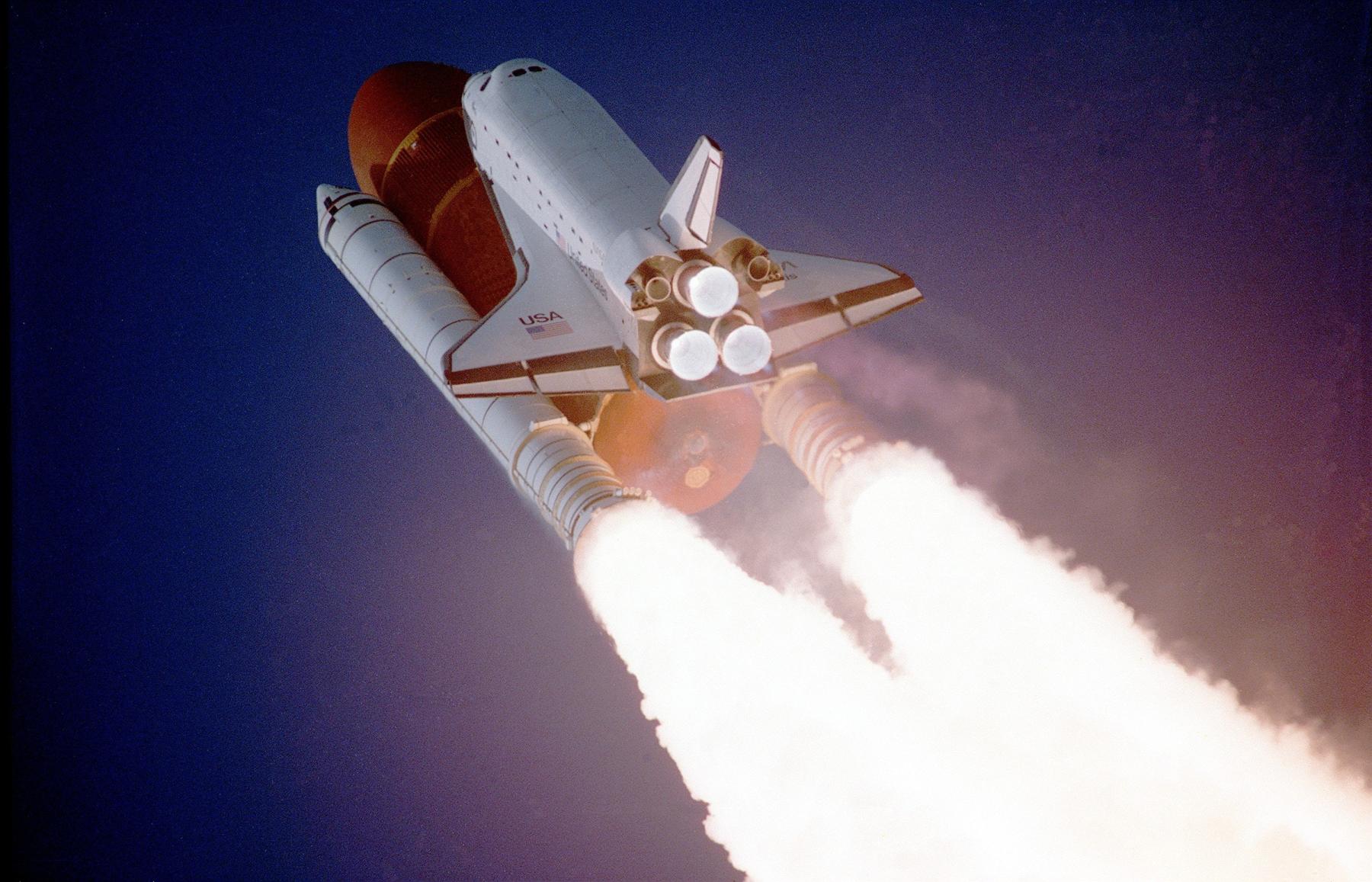
Water Rockets: Balanced and Unbalanced Forces Part 3
by Pamela Moss
This is the 3rd part of the lesson series where students will determine the thrust and stability of their water bottle rockets to answer their essential question: Using the Design Process how can we prove the effects that balanced and unbalanced forces have on a rocket in motion?
Lesson Plan Link/URL
https://docs.google.com/presentation/d/11fD81ydzgzZ2XCY6KV3ZCFuU1O-q6Bzt/edit?u…Subject Area
Science Physical Science P3: Net Force Technology 2. Digital Citizen 6. Creative Communicator Engineering S1: Engineering & Global Society S2: Apply the Engineering Design Process Mathematics Measurement and Data (MD) English Language Arts (ELA) Reading (Informational Text) Writing
Featured
Off
Related Content

Grades:
3rd Grade, 4th Grade, 5th Grade, 6th Grade, 7th Grade, 8th Grade, 9th Grade
Engineers often create small-size models of a new product to test its design. This is especially true with airplanes. Model testing tells engineers how a design responds to different air conditions

Grades:
6th Grade, 7th Grade, 8th Grade, 9th Grade, 10th Grade, 11th Grade, 12th Grade
Are your students fans of Formula 1? If they are or aren't this lesson will take a look into the dominance of Red Bull Racing in Formula 1. Why is Red Bull so dominant? Is it the driver or the

Grades:
Kindergarten, 1st Grade, 2nd Grade, 3rd Grade, 4th Grade, 5th Grade, 6th Grade, 7th Grade, 8th Grade
Most students are likely familiar with popular films like Happy Feet, Surf’s Up, Penguins of Madagascar, and classic books like Mr. Popper's Penguins. Capitalizing on this familiarity with penguins

